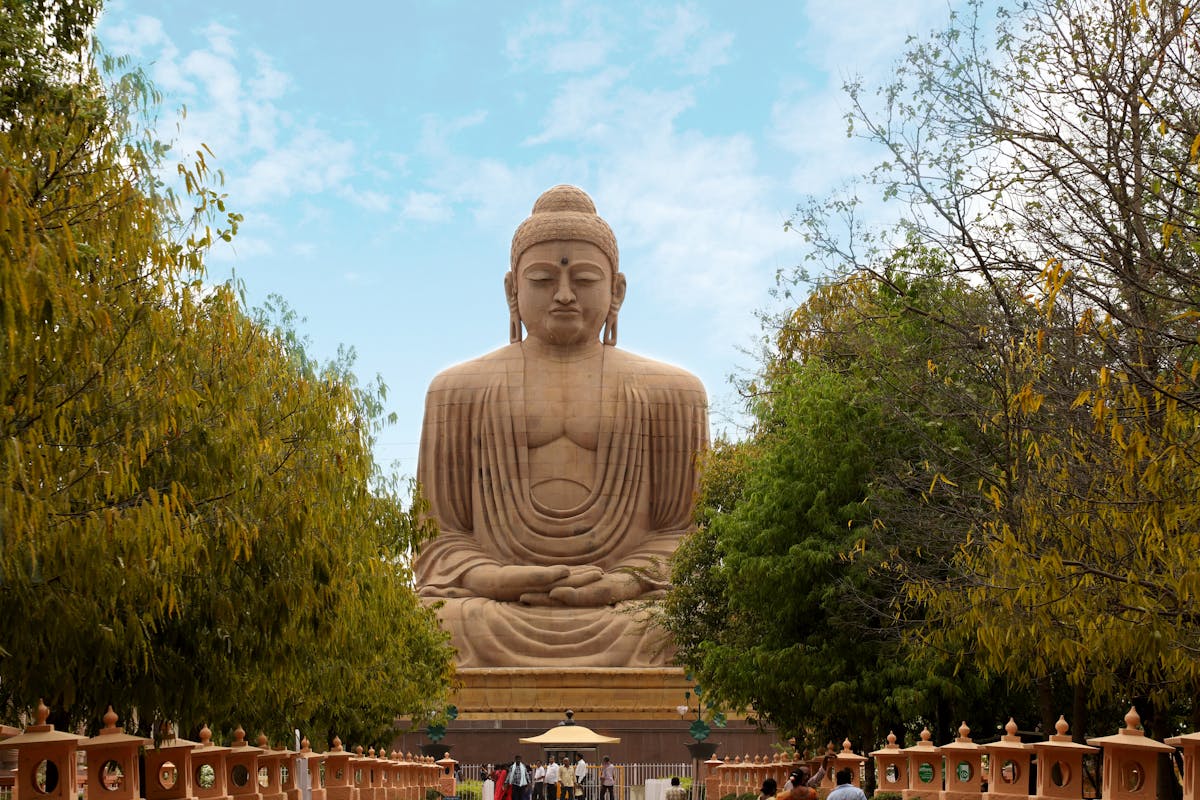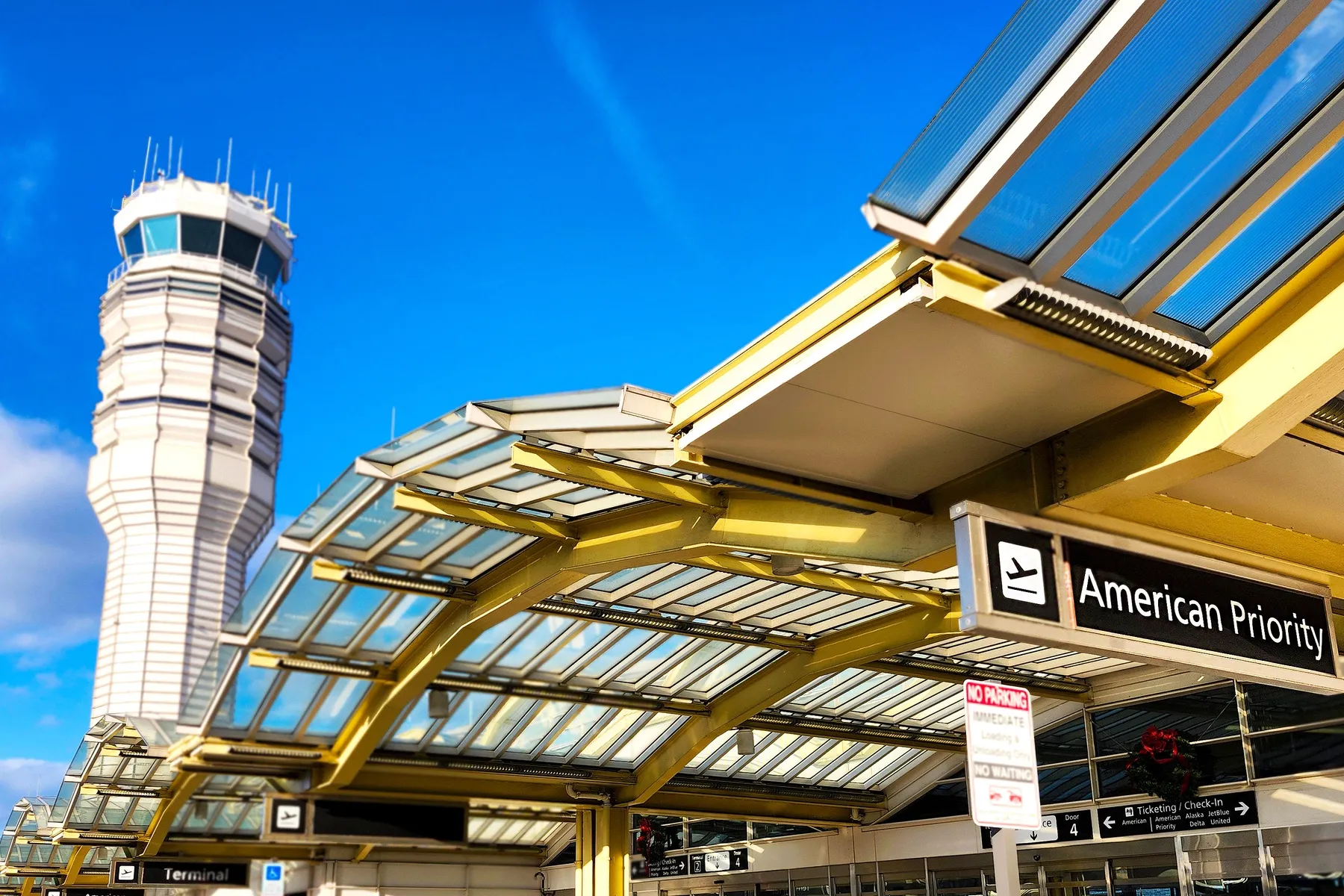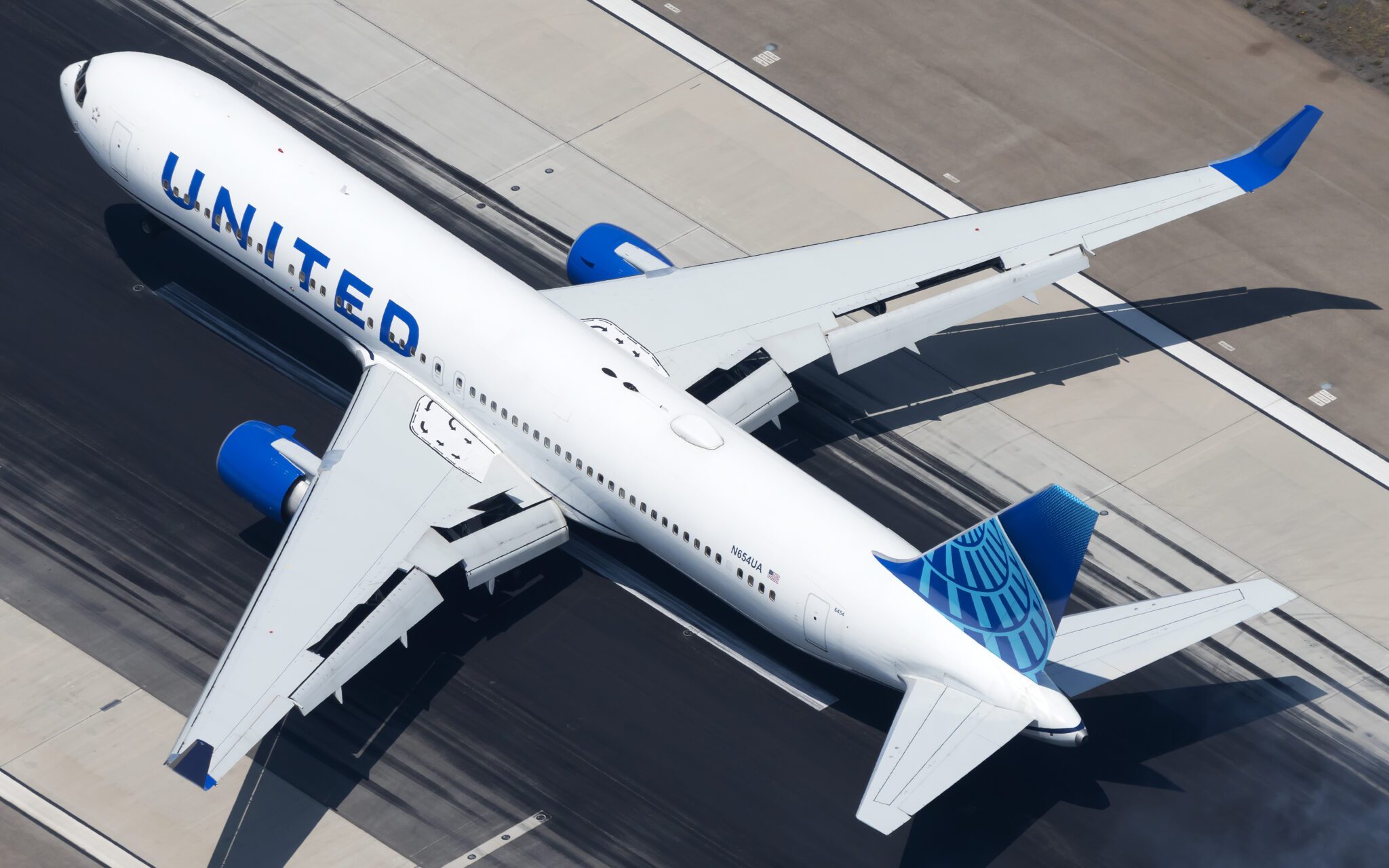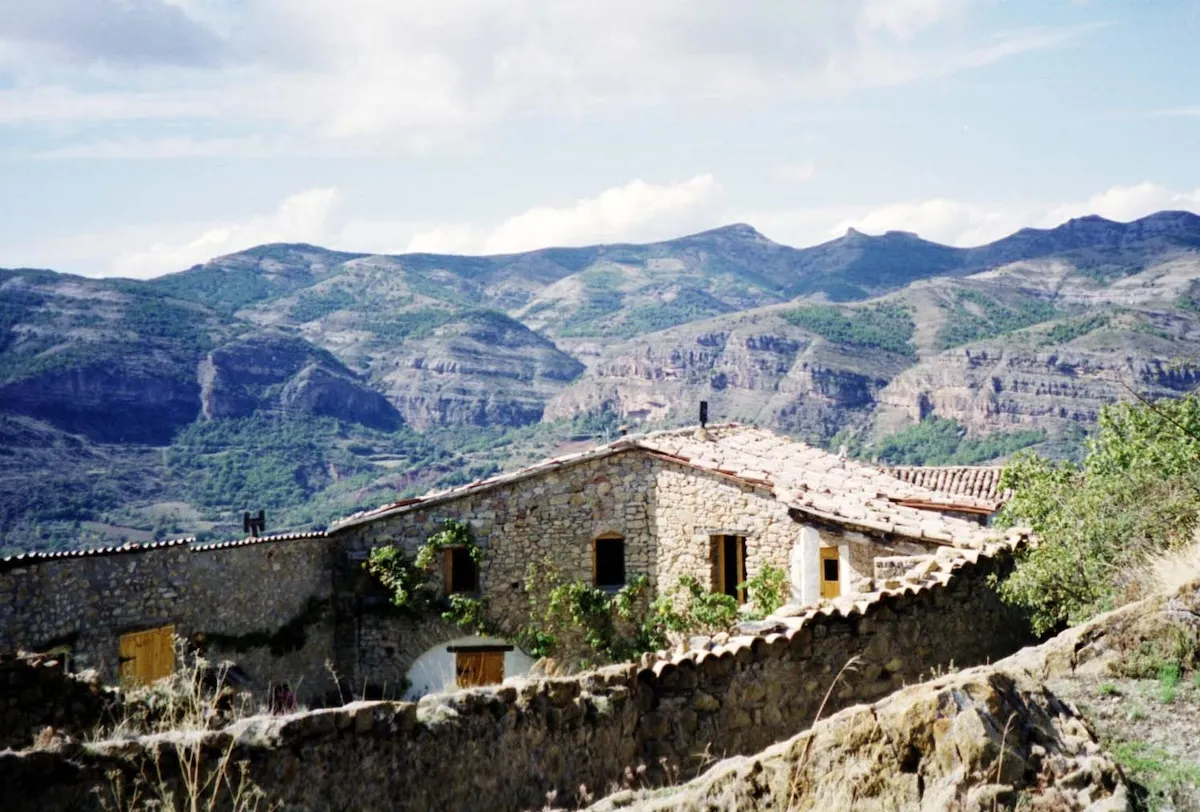The rise of trekathon tourism
Skift Take
Welcome to a new kind of endurance challenge. Trekathons cover the same distance as a marathon, but with a lot more sightseeing in between. Part city break, part adventure weekend, the idea is to hike 26 miles around one of Europe's most vibrant cities – Barcelona, Paris, London or Amsterdam – in a single day.
Just like in a marathon, many of those taking part opt to raise money for charity, and there are discounts available for those who do. The routes themselves take in all the major tourist attractions and explore some interesting residential areas, too. It's the tourism equivalent of speed dating (only slightly more tiring).
Last month I previewed the Barcelona route and found it a uniquely rewarding way to get to know a city. It begins at the southern tip of Barceloneta's beaches, following the shoreline north-eastwards for a mile before turning inland past Vila Olímpica and the Arc de Triomf. From there it plunges suddenly into the heart of the old city: a narrow maze of peach, yellow and orange terraced houses, with black iron balconies towering above.
In the old working-class neighbourhoods of Sant Pere and El Born the scent of freshly baked bread filled the winding cobbled lanes as dawn broke and the city yawned awake. In the Gothic Quarter – normally bustling with tourists – I had the old Roman walls and dark spires of the Cathedral almost to myself. Barcelona gets up late, and rewards early birds with tranquillity.
But wherever I walked I was reminded that Barcelona is not quite Spain: it is part of Catalonia. Everywhere I looked the Catalan flag appeared – on balconies, windows and on graffiti-stained walls. In September last year, more then one million people took to these very streets to demand Catalonia's independence from Spain. Earlier, Sonia, a local guide, had told me the reasons run deep. "Franco oppressed the Catalan people," she explained. "We could not speak our language or do our traditions. But now we're proud of who we are."
That identity – at least for Barcelonians – is also inextricably embedded in the very architecture of their city. Five miles into my trekathon, past Las Ramblas and Plaça Catalunya, I began to see how this was so. Many artists have claimed Barcelona as their creative muse – Picasso learnt his trade here and Dalí developed his just up the road – but none have affected the very bones of the city quite like the architect Antoni Gaudí. On the Passeig de Gràcia we passed the Gaudí-designed Casa Batlló, an apartment block turned museum, fronted by a shimmering dragon-skin mosaic of purple and green tiles, bendy buttercup windows and an uneven, distorted frame.
It seemed absurd, like looking at a surrealist doodle brought to life in an otherwise ordinary street. But then a few miles up the road at the Sagrada Família, his still-in-construction cathedral, and later again at Parc Güell, a public park designed by him, I began to understand his vision. For Gaudí, buildings should be inspired by the natural world – "the great book", as he called it. Instead of gargoyles, reptiles slither down the sides of his cathedral; instead of columns, plant stems shoot upwards; edges are not straight but twist like leaves; spires expand outwards like flowering buds. It was mesmerising.
Throughout the day I followed detailed route notes and a trekathon-supplied map. For the most part, common sense and the occasional glance downwards were all that was required, though in a few residential areas more care was needed. The official trekathons will have medics and water stops placed at regular intervals throughout the route, as well as a safety briefing the night before at the group hotel – a simple Ibis just outside the city centre.
A good level of fitness is recommended, with many of the participants training in advance, but, as organiser Kathryn Furnell explains, "all walks of life take part in our events, the emphasis is on having fun, going at your own pace and challenging yourself for charity".
Gradually, as morning turned to afternoon, I climbed north out of the city, and into the pine forests of the Collserola Hills. I hiked hard to make the ridge and then followed the map along a local walking and biking track for six long miles, watching the views of Barcelona – racing to the sea beneath me – deepen in clarity as the sun fell west. From here I could trace my entire route by eye, I could see every landmark I had passed and had yet to encounter. But whatever elation I felt at how far I'd come was marred by one simple fact. I had to get back.
They say all marathon runners hit a wall at some point in their race: a point at which their legs simply refuse to carry them any further. Staggering down the steep goat path of the Collserola Hills – 16 miles in and 10 more to go – I hit my wall.
Twenty-six miles is a preposterously long way to walk in a day, and I simply couldn't go on. Luckily, my will power happened to desert me just outside the garden of a very attractive restaurant. A large rioja, some chorizo and a plate of patatas bravas later and I had smashed through my wall with ease.
I skipped down three miles of leafy suburbs, laughed my way past the Nou Camp – Barcelona football team's legendary stadium – and strode manfully all the way up the steps of the Olympic Stadium, just in time for sunset. In fact, hitting the wall was probably my favourite part of the whole hike.
Those attempting the Barcelona trekathon later this year, or the Amsterdam, London or Paris trips in the summer and autumn, will have company, of course. Up to 100 people are expected to follow the routes on those specific weekends and there will be plenty of room for mutual encouragement along the way.
For me, there was the option to take a cable car from near this point back to the start at Barceloneta, a well- deserved finale to an epic day. I'd like to report that I hiked hard the last few miles and came in on good time. But the truth is, having missed the cable car, I then decided to hit one or two more walls before reaching the finish line, finally getting there well past dark and almost 15 hours after I had started. I wasn't likely to break any records with that time, but who cares? After all it's not a marathon. It's a trekathon.
Travel essentials
Getting there The fundraising firm Discover Adventure (01722 718 444; discoveradventure.com) runs marathon walk weekends in Paris (departing 12 July), Amsterdam (departing 9 August) and Barcelona (departing 4 October). All trips include two nights' B&B, lunch, water and snacks during the trek, with the Amsterdam and Paris trips including return rail travel from London. Flights are extra for the Barcelona trip. Each costs £399pp, based on two sharing. Alternatively, if participants meet a minimum target of £849 towards a chosen charity, the cost of the trip is covered.
There is also a London trekathon (departing 31 August), which costs £59pp (or free with a minimum fundraising target of £179). Hotels and travel not included.
PARIS
From the Eiffel Tower, hike through St-Germain-du-Prés and the beautiful Jardins du Luxembourg, to arrive at the Latin Quarter, the Left Bank and the Sorbonne. From there, cross the Seine and follow the Canal Saint-Martin north taking in the Sacré-Coeur and Montmartre, before looping back round for the Champs-Elysées, the Arc de Triomphe and Notre-Dame.
AMSTERDAM
Begin at Centraal Station, in the heart of the city, passing Rembrandt's house on the way to the Jewish Quarter, the Docks and the Vondelpark. Return via the inner city canal network, the floating flower market, Anne Frank's house and the Royal Palace.
LONDON
From the Olympic Park in Stratford head west through Victoria Park and along the Regent's Canal to Lord's cricket ground, Abbey Road Studios and Little Venice. Loop back through Hyde Park to the London Eye, Buckingham Palace and the Houses of Parliament before crossing the Thames to the Tower of London and Canary Wharf.
![]()




